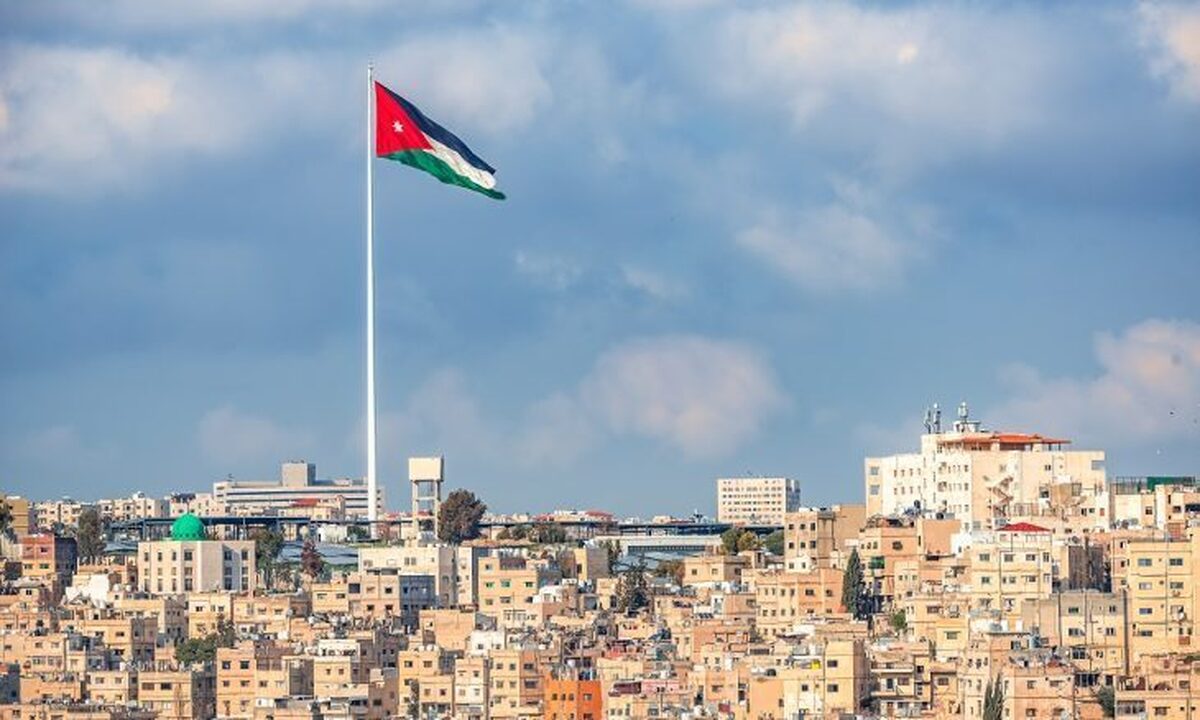
Iran's Trade With Persian Gulf States Tops $21 Billion
EghtesadOnline: Iran’s non-oil commercial exchanges with Persian Gulf Arab states, including Iraq, the UAE, Oman, Qatar, Kuwait, Syria, Lebanon, Jordan and Saudi Arabia, hit $21.5 billion in the last Iranian year that ended on March 19, 2020.
According to Director General of Trade Promotion Organization of Iran's Arabic-African Affairs Office Farzad Piltan, Iran exported $12.5 billion and imported $9 billion worth of commodities from these countries, IRNA reported.
Iraq was Iran’s main export destinations among the countries under review as $9 billion worth of goods were exported to the neighboring state last year. It was followed by the UAE with $2.5 billion, Oman with $450 million, Qatar with $200 million, Kuwait with $180 million, Syria with $160 million, Lebanon with $30 million, Jordan with $21 million and Bahrain with $10 million.
The UAE was the biggest exporter to Iran in the fiscal 2019-20, as the country exported $8.7 billion worth of commodities to the Islamic Republic during the period. It was followed by Oman with $167 million, Iraq with $131 million, Jordan with $21 million, Lebanon with $18 million, Qatar with $12 million, Syria with $11 million and Bahrain with $2 million.
Iran did not have any commercial exchanges with Saudi Arabia last year.
Data released on Iran’s foreign trade during the period under review show the UAE was Iran’s second biggest trading partner among countries, Iraq was fourth, Oman was 18th, Qatar was 34th, Kuwait was 39th, Syria was 41st, Lebanon was 62nd, Jordan was 63rd and Bahrain was 88th.
Accounting for a Quarter of Iran's Overall Trade
Iran’s non-oil foreign trade stood at $85 billion in the fiscal 2019-20, of which exports accounted for $41.3 billion and imports for $43.7 billion, Mehdi Mirashrafi, the head of the Islamic Republic of Iran Customs Administration, said.
Trade with the Persian Gulf states accounted for about a quarter of Iran's all commercial exchanges with other countries.
Exports to these states accounted for 30% while imports accounted for 20% of overall exchanges with other countries.
Oil-based products and byproducts, as well as petrochemical products, are included in Iran's non-oil export data. In fact, petrochemicals and gas condensates constitute the greater share of total exports.
Noting that Iran traded over 169 million tons of goods last year, Mirashrafi said exports weighed 133.9 million tons, three times as much as the imports in weight and about 13.5% more than the previous year.
“In terms of value, however, exports show a 7% decline year-on-year,” he was quoted as saying by Mehr News Agency.
“Imports reached 35.3 million tons in fiscal 2019-20, indicating a 9.3% growth year-on-year. As such a $2.4-billion in trade deficit was registered for the country during the period under review. Raw materials, machinery and intermediate goods accounted for 85% of the imports.”
The IRICA chief further said petrochemicals made up the lion’s share of exports, which indicates that the country is moving from its dependency on selling unprocessed goods toward exporting petroleum products.
“However, the fact that each ton of Iranian imports was valued at $1,220 and each ton of exports was worth only $309 indicates that exports of unprocessed goods continue to pose a challenge for Iran’s economy," he said.
“China was Iran’s main export destination that purchased $9.5 billion worth of non-oil goods from us last year, followed by Iraq with $8.9 billion, Turkey with $5.4 billion, the UAE with $4.5 billion and Afghanistan with $2.3 billion. Our top five partners in exports were Asian countries and mostly neighbors. Other countries imported $10.9 billion worth of Iran’s non-oil goods last year.”
Mirashrafi said China was Iran’s top trading partner in terms of imports.
“The Asian country sold $11.2 billion worth of non-oil goods to Iran last year. The UAE with $8.9 billion, Turkey $4.9 billion, India $3.6 billion and Germany with $2.1 billion worth of exports to Iran were Iran’s other key trading partners in terms of imports," he said.
The imports chiefly included material used in the manufacturing, livestock feed, essential goods, medical equipment and pharmaceuticals.
Last year’s imports of livestock feed and essential goods were 3 million tons more compared with the year before.
According to Mirashrafi, IRICA’s numbers show intermediate goods worth $29.7 billion and capital goods worth $5.9 billion were imported into the country last year.
Consumer goods constituted 8% of total imports last year.


